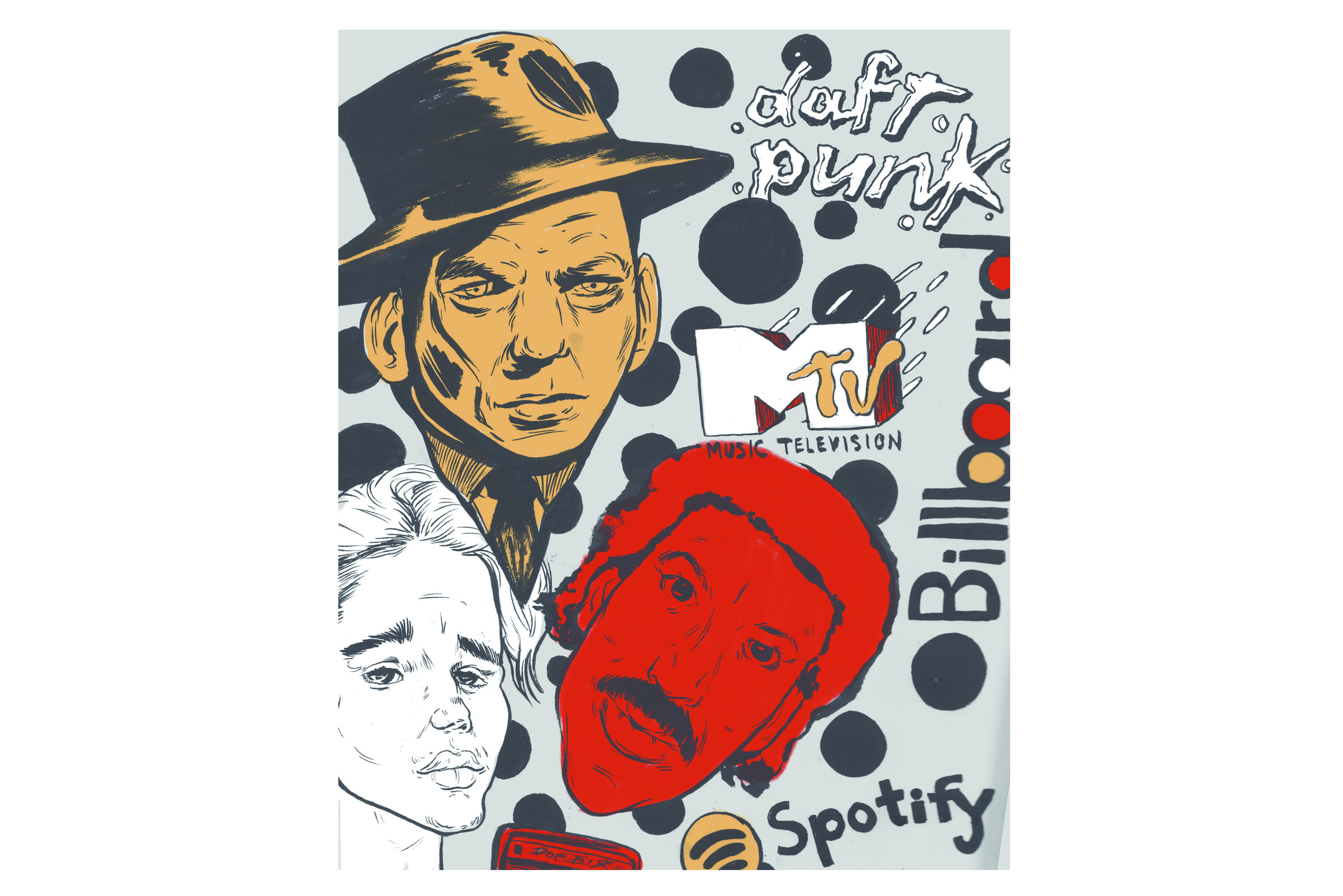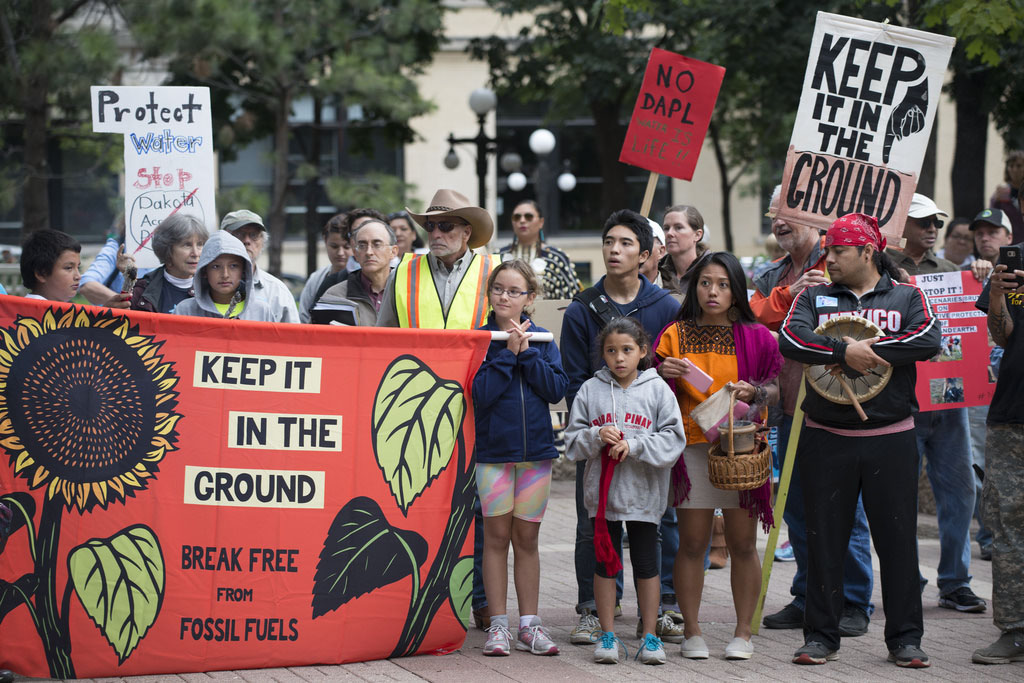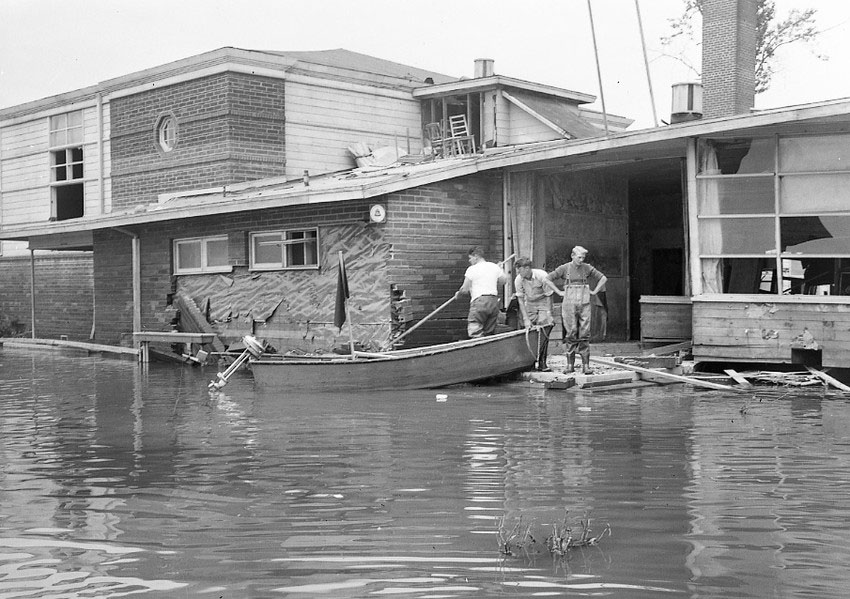In the summer of 1946, the good people of Portland were putting the big war behind them and settling in for some serious baby booming. And when the first students of the new college Vanport Extension Center wanted to swing, they got their kicks with music.
It was a cooler age, and the music was cooler too. Lovers got their music fix with Louie and Ella’s duets or Dizzy Gillespie’s bebop jazz. Crooners Frank Sinatra and Perry Como swooned audiences with lovesick lyrics and the big band sounds of Count Basie. Things moved at a different pace.
When the students of post-World War II wanted to hear their favorite songs, their options were more limited than today. A personal playlist was a stack of 12” records, and the jukebox was top-of-the-line technology. Music was a luxury, and the nearest AM/FM radio was your best bet to hear some swingin’ sounds.
Vinyl records kicked wax to the curb, and the phonograph player became an affordable household appliance. The average household in the 1940s had its own radio and possibly even a record player, but they probably ran on toaster-sized batteries, as many homes weren’t yet wired for electricity. The Golden Age of Radio began to subside as stereo sound debuted in movie theaters.
You could play the jukebox at a juke joint, but nobody dug a drugstore cowboy pitching lines to all the gals with nice gams. If those squares tried to give you the what fer, you’d tell ‘em not to flip their wig. Applesauce!
The top five Billboard songs of 1946:
“Prisoner of Love” by Perry Como
“To Each His Own” by Eddy Howard
“The Gypsy” by The Ink Spots
“Five Minutes More” by Frank Sinatra
“Rumors are Flying” by Frankie Carle
Jump ahead 35 years. Half way between 1946 and 2016 is 1981. Gnarly!
MTV was launched into orbit this year, changing the face of commercial music forever. The first video ever aired claimed, “Video killed the radio star,” but guitars still riffed, and Van Halen made no videos for Fair Warning.
Never mind that the cassette tape had all but replaced vinyl records in the ‘80s, the CD was yet to come.
To help start your music collection, the Columbia House Record & Tape Club was there to rope you into a swindle of a contract, luring you with free music and obligating you to purchase a given number of albums at exorbitant prices. Members had to return a postcard every month with a box checked, confirming they didn’t want their shitty, overpriced album of the month. If you didn’t send the card back on time, Columbia House sent you the album and billed you.
The boombox became a thing, allowing one person with an enormous two-speakered appliance on their shoulder to share music with everyone within a city block, whether they wanted to hear it or not. Bogus!
All you needed was a sheet of cardboard and you were breakin’! You could do the electric boogaloo, worm, and moonwalk with the baddest of them all.
Seeds of the ancient griots began to germinate in East Coast cities where youths playing Double-Dutch were making “rhyme talk.” Grandmaster Flash & The Furious Five and Sugarhill Gang made rap music part of the vocabulary.
The top five Billboard songs of 1981:
“Bette Davis Eyes” by Kim Carnes
“Endless Love” by Diana Ross and Lionel Ritchie
“Lady” by Kenny Rogers
“(Just Like) Starting Over” by John Lennon
“Jessie’s Girl” by Rick Springfield
Back to the future: 2016 has brought its own narrative to the music timeline. Now we have iTunes, Spotify, Pandora and more. We can listen to whatever songs we load into personal playlists anytime we choose—on public transportation, walking down the street or sitting down to dinner with family. We have earbuds and personal electronic devices waiting at the ready to entertain us anywhere we go, at any time, in any company. We can plug in, tune out and remain disaffected by the temporal world. We are digitized.
We have the internet. Although arguably still in its infancy, the internet has revolutionized how musicians cultivate their own brands and followings. Today, musical artists and performers often use digital media to self-publish and make a name for themselves before a recording label signs them to a contract.
We also have a variety of social media through which our favorite musicians and artists wax philosophical on matters great and small. Kanye and Taylor can reach out to fans at a moment’s notice to share a nugget of their wisdom; fans and performers alike seek tweets and retweets, likes and shares, able to interact on a more instant and widespread level than ever before. Stay woke! Things in the game done changed.
The top five Billboard songs of 2016:
“Closer” by The Chainsmokers featuring Halsey
“Starboy” by The Weeknd featuring Daft Punk
“Heathens” by twenty one pilots
“Let Me Love You” by DJ Snake featuring Justin Bieber
“Broccoli” by D.R.A.M. featuring Lil Yachty





